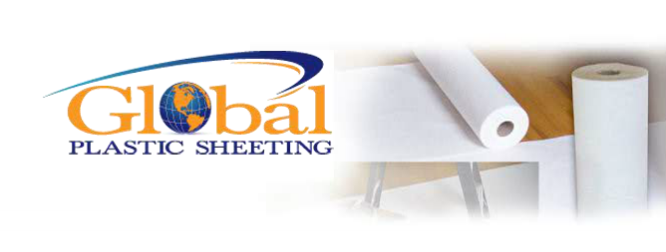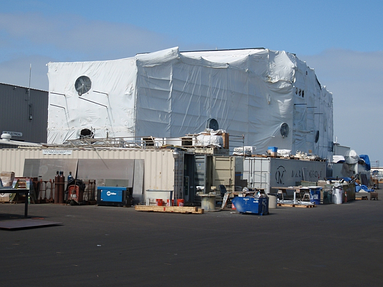Heat Shrink Wrap: Demystifying Thickness, UV Protection & Electronics

Heat shrink wrap film, a versatile and cost-effective workhorse, has become an essential tool across numerous industries. While thicknesses can vary depending on the application, the 9-mil film occupies a sweet spot, offering a balance between durability and affordability. Let's delve into the world of 9-mil heat shrink wrap, exploring its applications, the importance of UV inhibitors, and its technical specifications.
Applications Galore: Where Does 9-Mil Heat Shrink Wrap Shine?
The beauty of 9-mil heat shrink wrap lies in its adaptability. Here are some of its common uses:
- Pallet Wrapping: Secures and protects palletized goods during transport and storage.
- Bundling: Keeps individual items grouped together, preventing movement and damage.
- Product Protection: Shields products from dust, moisture, and minor scratches during shipping or storage.
- Temporary Shelters: Creates temporary enclosures for construction projects, equipment protection, or emergency situations.
- Machine Covers: Safeguards machinery and equipment from dust, debris, and paint splatter during maintenance or storage.
What Thickness (Mil) of Heat Shrink Wrap Do I Need?
Think of mil (millimeter) as the heat shrink wrap's weight class. Here's a quick breakdown:
- Lighter Items (3-6 Mil): Perfect for bundling magazines, wrapping tools, or creating temporary dust covers.
- Medium-Weight Items (6-8 Mil): Ideal for securing boxes on pallets, protecting furniture during transport, or waterproofing equipment outdoors (for short periods).
- Heavy-Duty Applications (9 Mil and Above): Suited for heavy machinery, large boats, building enclosures, or situations demanding long-term weather protection. Remember, thicker mil also translates to a higher heat requirement for shrinking.
UV Inhibitors: A Shield Against the Sun's Wrath
Sunlight, while essential for life, can wreak havoc on certain materials. Heat shrink wrap is no exception. Prolonged exposure to UV rays can lead to degradation, causing the film to become brittle and lose its protective properties. This is where UV inhibitors come in.
These additives act as a sunscreen for the film, absorbing or reflecting UV radiation. Incorporating UV inhibitors into the 9-mil film extends its lifespan, especially when used outdoors or in areas with significant sun exposure.
Does Heat Shrink Wrap Protect Electronics?
Understanding the Technical Specifications: Surface Resistivity
The technical specifications listed for 9-mil heat shrink wrap can seem complex, but some hold significant meaning. Let's break down "Surface Resistivity (ANSI/EOS/ESD-511.11) 10¹² max ohms/sq - Meets with the Requirements of NFPA 701-15 Test 1."
-
Surface Resistivity: This value indicates the film's resistance to electrical current flow across its surface. A high surface resistivity (10¹² max ohms/sq in this case) suggests the film is a poor conductor of electricity.
-
ANSI/EOS/ESD-511.11: This refers to a specific industry standard that outlines test methods for measuring surface resistivity in electronic devices.
-
NFPA 701-15 Test 1: This points to a test method outlined by the National Fire Protection Association (NFPA) used to assess a material's flammability.
In simpler terms, the high surface resistivity and adherence to these standards imply that 9-mil heat shrink wrap with these specifications can be suitable for applications involving electronics or where static discharge needs to be minimized. Additionally, it might meet flammability requirements as outlined by NFPA 701.
Conclusion
The 9-mil heat shrink wrap film offers a powerful combination of affordability and versatility. Understanding its applications, the role of UV inhibitors, and its technical specifications empowers you to make informed decisions when choosing the right heat shrink wrap solution for your needs. Whether you're securing pallets, bundling products, or creating temporary shelters, the mighty 9-mil film is a reliable partner for your protection needs.



 Workers are more productive, because they can't see what is going on outside of the containment, and do not interact with the public. Worksites are more secure, and safer. The jobsite is also much less of an eyesore, and produces less impact on the environment.
Workers are more productive, because they can't see what is going on outside of the containment, and do not interact with the public. Worksites are more secure, and safer. The jobsite is also much less of an eyesore, and produces less impact on the environment.



